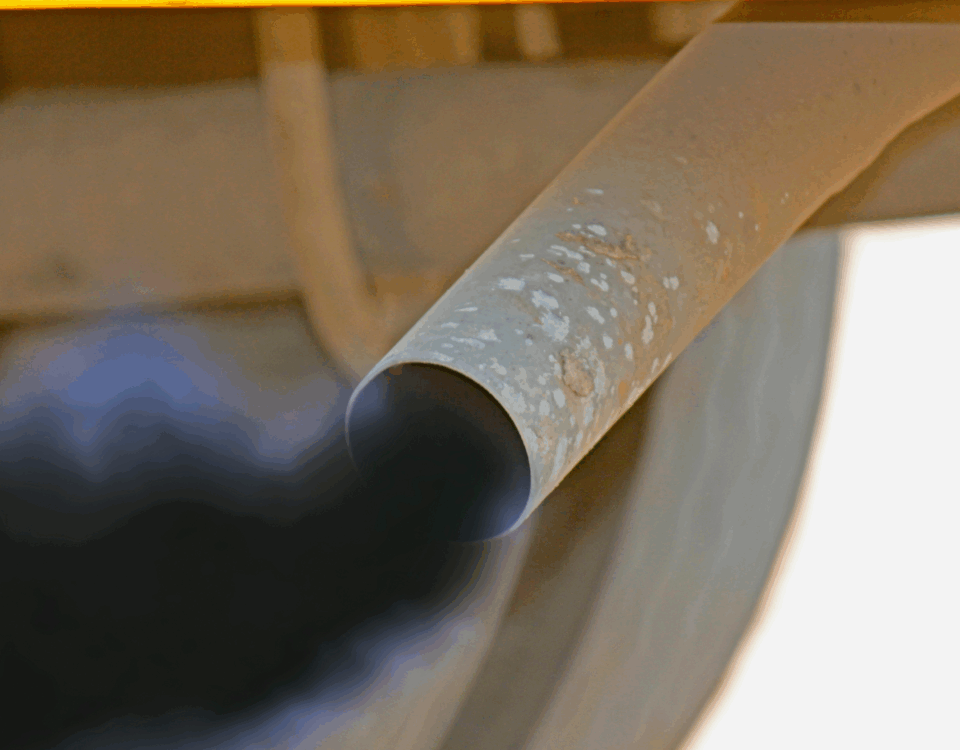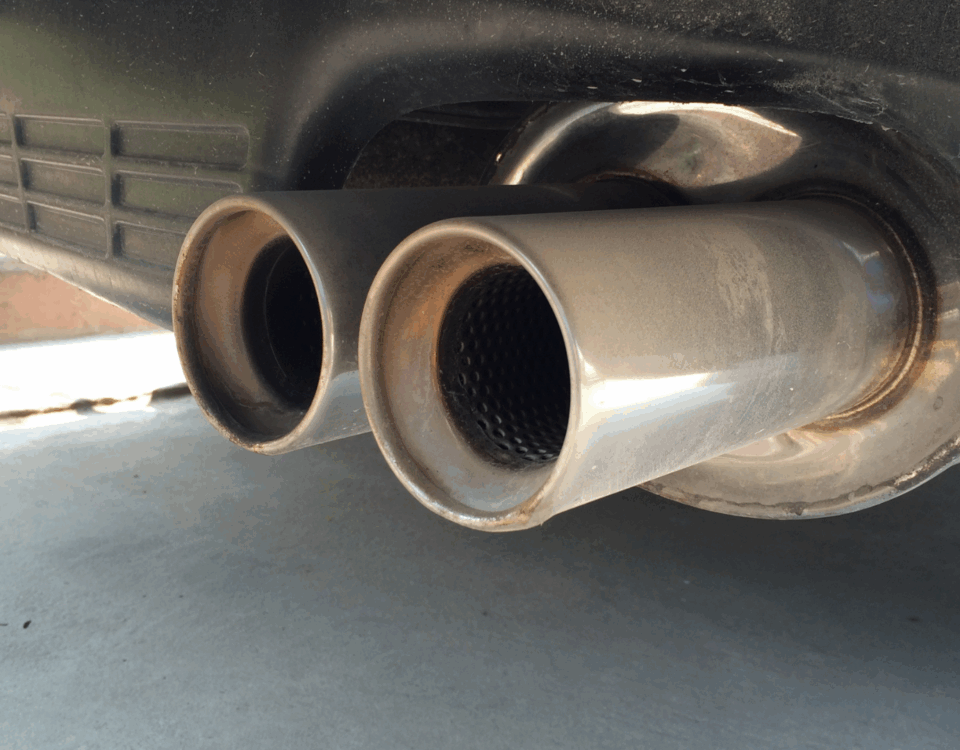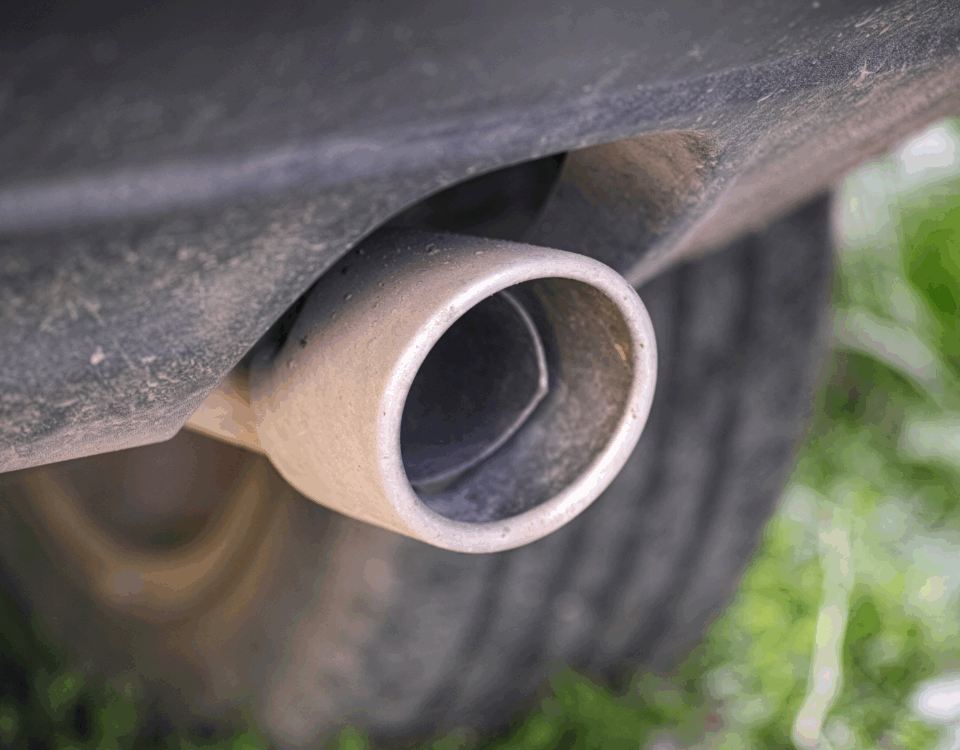What Equipment is Used at Smog Inspection Stations?
November 4, 2024How to Prepare for a Smog Test for Diesel Vehicles
November 5, 2024Regular smog inspections are critical in ensuring that vehicles meet emissions standards, reducing air pollution and promoting public health. Smog inspection station are equipped with advanced technology designed to monitor and assess vehicle emissions efficiently. Understanding how this equipment operates provides insight into the thoroughness and precision of the inspection process.
The Role of Emission Analyzers in Smog Inspection Stations
Emission analyzers are essential tools in smog inspection stations, as they measure the amount of specific pollutants, including hydrocarbons, carbon monoxide, and nitrogen oxides, released from a vehicle’s exhaust. These devices use advanced sensors and detection technology to analyze exhaust gases in real-time. When a vehicle undergoes a smog inspection, the analyzer is connected to its tailpipe, capturing samples that are then evaluated against environmental standards. The accuracy of these analyzers is vital, as it determines whether a vehicle passes or fails the inspection. Smog inspection stations regularly calibrate their emission analyzers to ensure their measurements remain precise and dependable.
Understanding the On-Board Diagnostics (OBD) System in Modern Vehicles
Modern vehicles are equipped with an On-Board Diagnostics (OBD) system, which plays a significant role in smog inspections. During a smog test, technicians connect the inspection station’s equipment to the OBD port of the vehicle. This allows them to access valuable data related to the vehicle’s emissions system. The OBD system monitors engine components that affect emissions, detecting malfunctions that could lead to excessive pollution. If the OBD system flags any issues, the vehicle may fail the smog inspection. This data-driven approach allows smog inspection stations to quickly identify and address potential emission problems, ensuring only compliant vehicles are on the road.
How Dynamometers Simulate Driving Conditions in Smog Inspections
In some smog inspection stations, dynamometers are used to simulate real driving conditions. This equipment allows the technician to run the vehicle on rollers that simulate road resistance, enabling the analyzer to measure emissions under varying loads and speeds. By replicating different driving scenarios, dynamometers provide a more comprehensive view of a vehicle’s emission levels. They are especially useful in testing older vehicles that lack modern OBD systems. Dynamometers offer insight into how a vehicle performs in actual driving conditions, providing a more accurate emissions profile for smog inspection purposes.
The Importance of Visual Inspections and Exhaust Control Equipment in Smog Inspection Stations
Beyond automated testing tools, smog inspection stations also perform visual inspections to identify any obvious issues with a vehicle’s exhaust system. Technicians look for visible damage, leaks, or missing components that could affect emissions. Additionally, many inspection stations are equipped with specialized exhaust control equipment that captures and filters harmful gases during the inspection process, minimizing environmental impact. This equipment ensures that the station itself operates in an environmentally friendly manner, maintaining clean air standards while inspecting vehicles. Visual inspections complement high-tech equipment, adding an extra layer of scrutiny that reinforces the station’s role in promoting clean air compliance.
Understanding the operations within a smog inspection station highlights the importance of each piece of equipment in ensuring vehicles meet strict emissions standards. From emission analyzers to dynamometers and OBD systems, these tools work in tandem to protect the environment and public health.
Read More:





